Whether you’re a local who likes to get away on the weekends, or a traveler who likes to pack light, having an easily portable SUP is a game changer. Inflatable stand-up paddleboards are compact and lightweight, making them easy to store when not in use. If you’re planning on traveling with your inflatable SUP, you will need to pack it so that it doesn’t get damaged while in storage. Read this article for some useful tips on how to pack your SUP for travel and keep it safe when you unpack.
Packing Your SUP: What You Need to Know
Before you pack your SUP, you need to know what you can’t pack it with. Anything that’s heavy, sharp, or has loose parts that could easily break off are things you should avoid packing with your SUP. Your packing list should include: - A soft-sided bag - A stand-up paddleboard is large and very hard to fold up and put in most bags. If you try to force it, you could tear the bag or damage the board. A soft-sided bag that’s meant for boards is a safe and easy way to transport your SUP. - A board bag - Your board bag should be watertight and protect your board from moisture and UV rays. Your board bag should be big enough for your board and the accessories you need for the trip, such as your paddle and paddle leash. - A pair of gloves - A pair of gloves will protect your hands from the straps on the bag when you’re carrying it. - Paddle and paddle leash - While you’re packing, make sure your paddle is fully assembled and your paddle leash is attached to the board. - A travel board wax - If you plan to travel to a warm climate, you should wax your board before you pack it. This will protect the surface of your board and help it last longer. - A paddleboard deck pad - Your board might come with a deck pad, but if it doesn’t, you should bring your own. A deck pad will help protect your car’s deck from scratches and dings. - A repair kit - A repair kit should include glue and whatever tools you need to make quick repairs to your board.
How to Pack an Inflatable Stand-Up Paddleboard
When you pack your board, make sure it’s fully deflated and clean. You don’t want dirt or sand getting into your bag and damaging your SUP. You can clean your board with a mild soap and water. You should also inspect your board for loose or broken pieces before you pack it. Once your board is clean and inspected, you can pack it. Start by rolling your board along the rails. Make sure the fins are facing you so they don’t get caught in the bag. Next, fold your board into thirds. You can start from the middle and work your way out to the rails to finish folding. You can also use a rolling technique where you fold your board in half and then roll it towards you. Next, put your board in the bag, cinch the bag closed, and use the straps on the bag to secure it. If you used the rolling technique, make sure the folded part of the board is facing out.
Choosing a Storage Bag
Bags are an essential part of any paddleboard travel kit. The two most popular materials used in making SUP bags are PVC and polyester. PVC bags are lighter in weight and cheaper to manufacture, which is why many bags are made with this material. However, PVC is not as durable as polyester, so it’s less common to see a high-quality bag made with PVC. When choosing a bag, look for the following features: - Dimensions - You want to make sure the bag’s dimensions can fit your board. - Material - The bag’s material will affect how long it lasts and how heavy it is. - Weight - The lighter the bag, the easier it will be to travel with. - Quality - The bag’s quality will affect its durability. - Waterproof - Your bag should be waterproof so it can protect your board from moisture. - Sewing - The bag’s stitching should be strong enough to withstand frequent travel. - Grip - The bag’s material should have a good grip so it doesn’t slip when you’re carrying it. - Zippers - Look for bags with heavy-duty zippers that won’t break easily. - Other features - Some bags come with extra features like wheels and extendable handles.
Packing Your SUP in the Storage Bag
Once you have your board bag and board, it’s time to pack your board. Start by rolling your board along the rails. Make sure the fins are facing you so they don’t get caught in the bag. Next, fold your board into thirds. You can start from the middle and work your way out to the rails to finish folding. You can also use a rolling technique where you fold your board in half and then roll it towards you. Put your board in the bag, cinch the bag closed, and use the straps on the bag to secure it. If you used the rolling technique, make sure the folded part of the board is facing out. When you’re rolling your board in the bag, try not to kink the hose. If you kink the hose, you can damage it and cause it to leak. Make sure you don’t put anything heavy on top of your bag, and don’t leave it out in the sun.
Wrapping it in Protective Gear
If you’re traveling with your board to a warm climate, you should consider wrapping your board in protective gear. You can find special bags and wraps made from materials like mesh, neoprene, and mesh. You can also use a tarp or old towels to wrap your board. Make sure you tie the gear tightly around your board, and don’t leave it in direct sunlight. If you’re traveling to a cold climate, you should avoid wrapping your board. Wraps can trap in moisture, which can cause damage. Keep your board away from direct sunlight, and make sure it’s out of the way when you’re traveling. Your board doesn’t need a seat; it only needs a place to rest.
Conclusion
Keeping your SUP safe while traveling is important if you want to use it again. The best way to keep your board from getting damaged is to follow the tips in this article. Packing your SUP is easy if you follow these tips. Make sure you keep your board clean, dry, and out of the sun so it lasts for years.






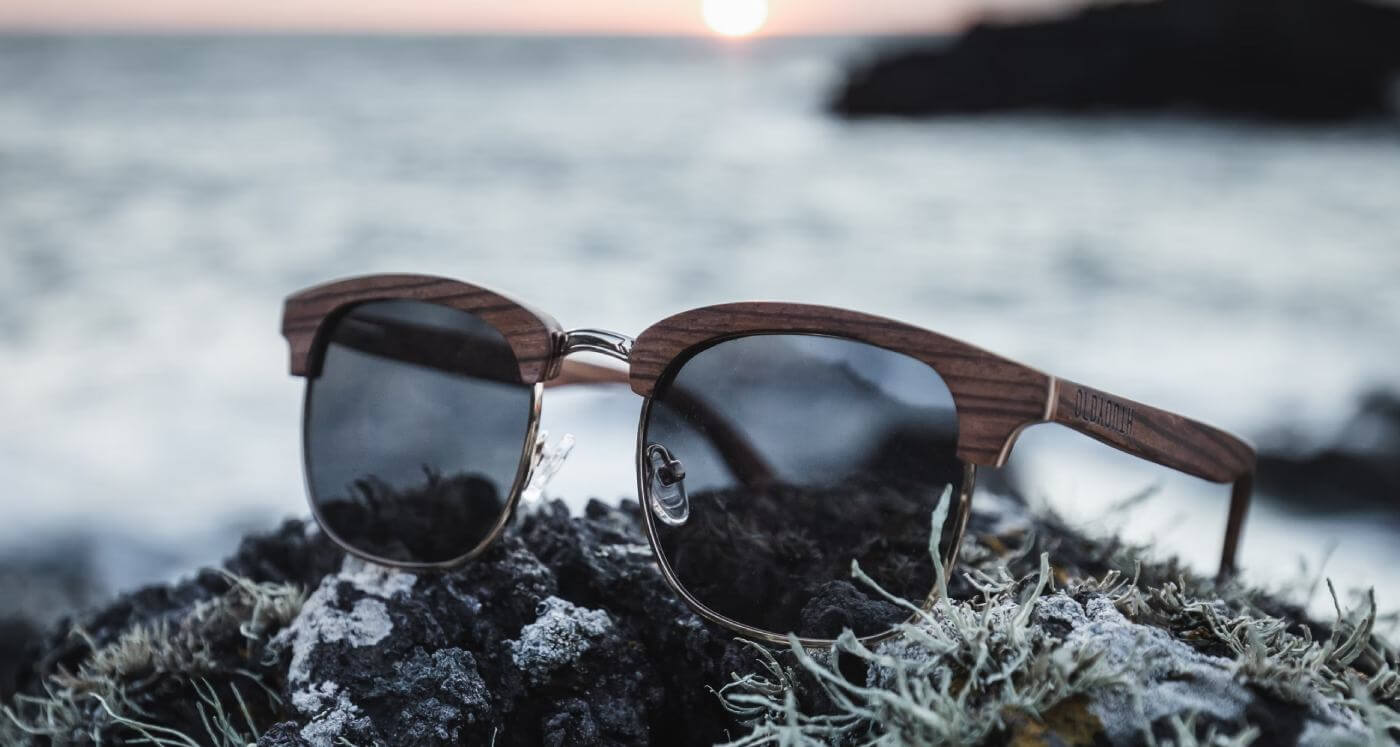
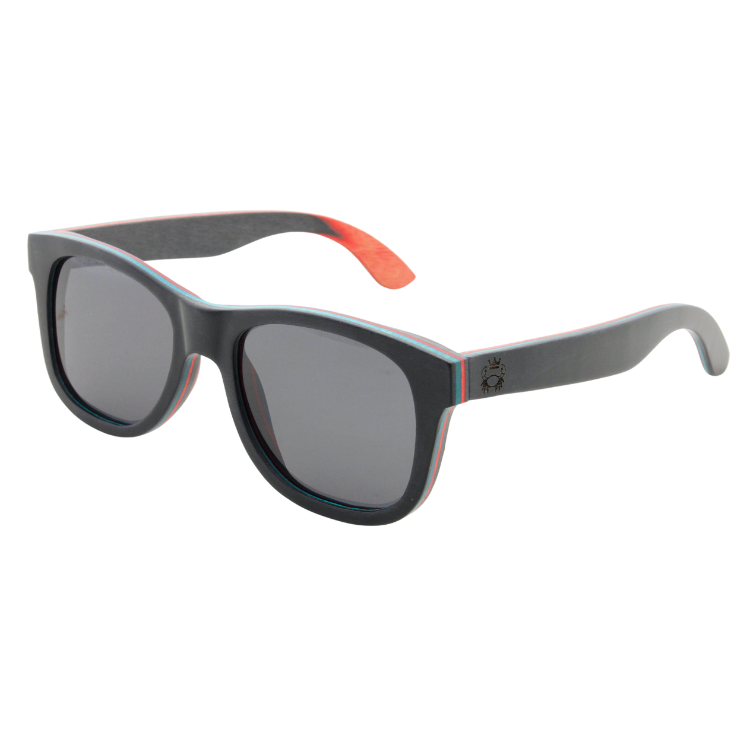
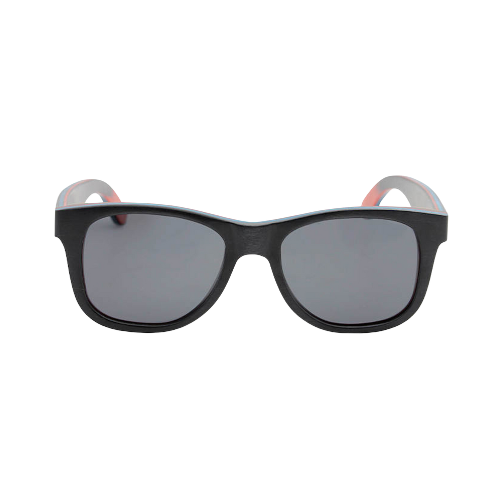
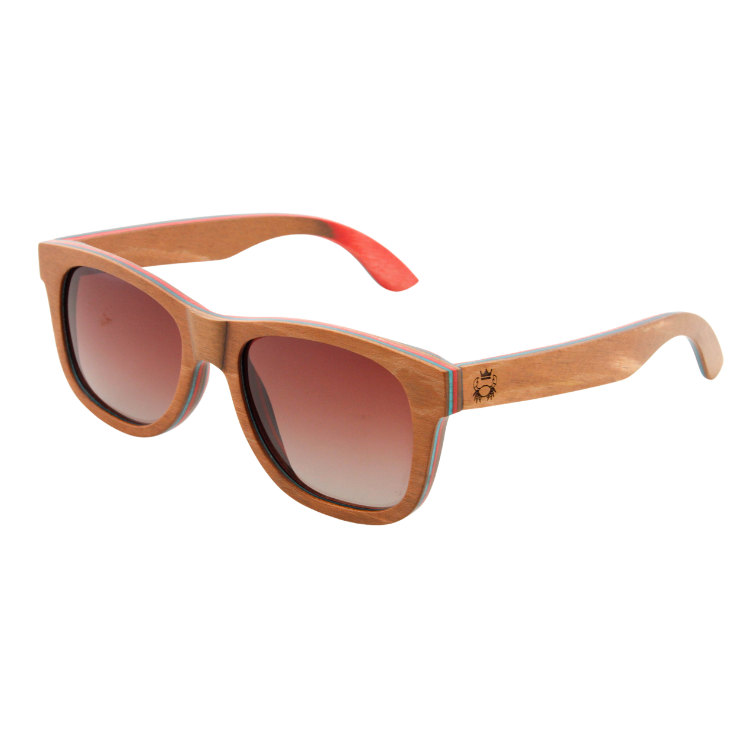
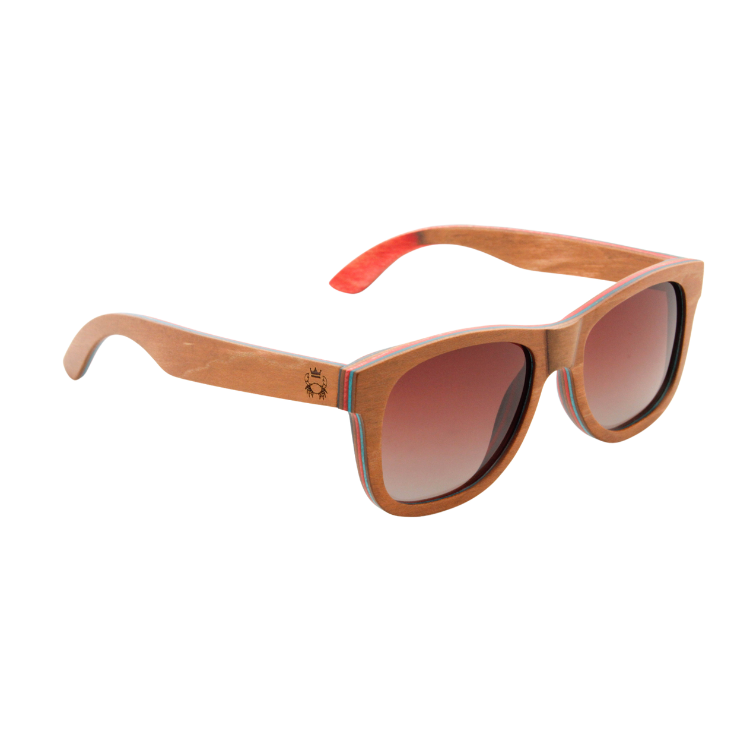
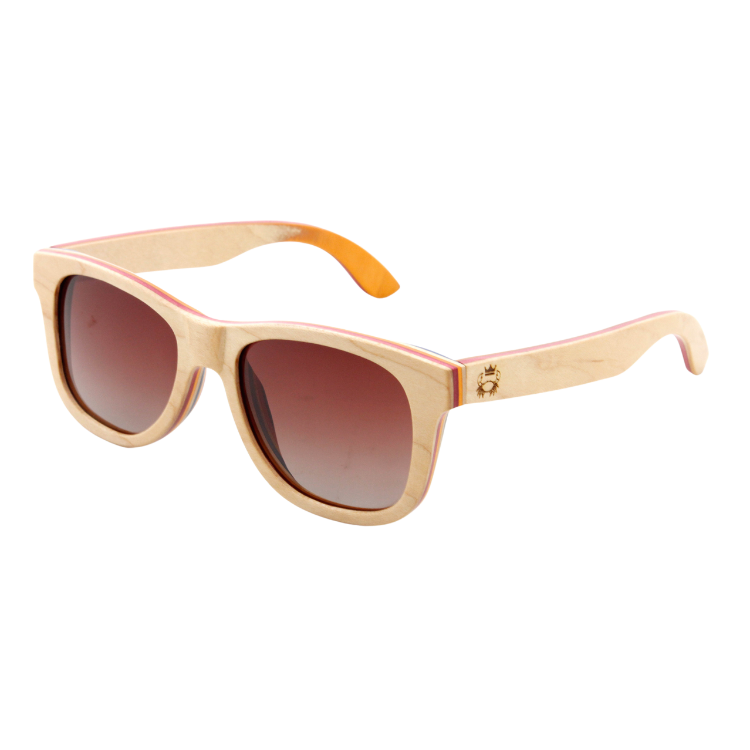
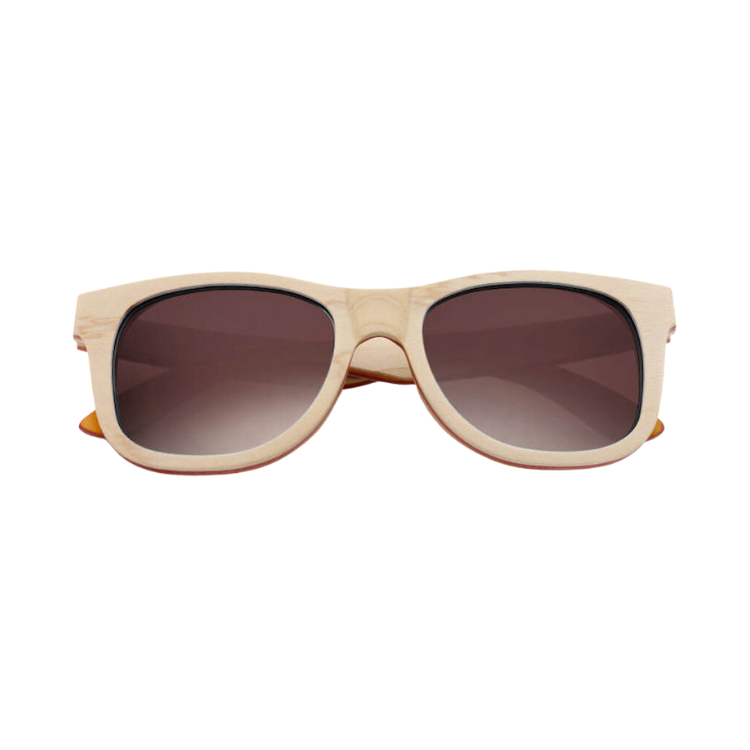
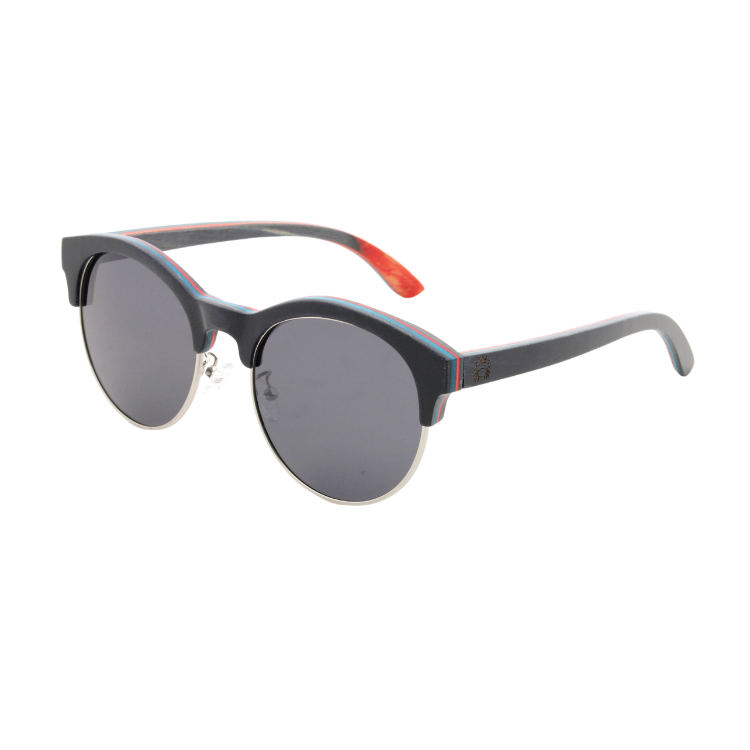
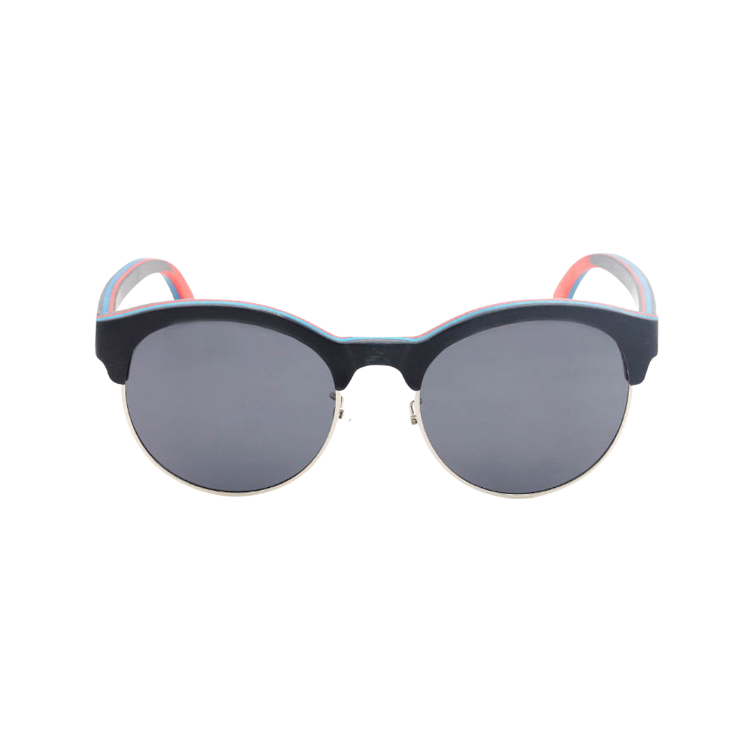
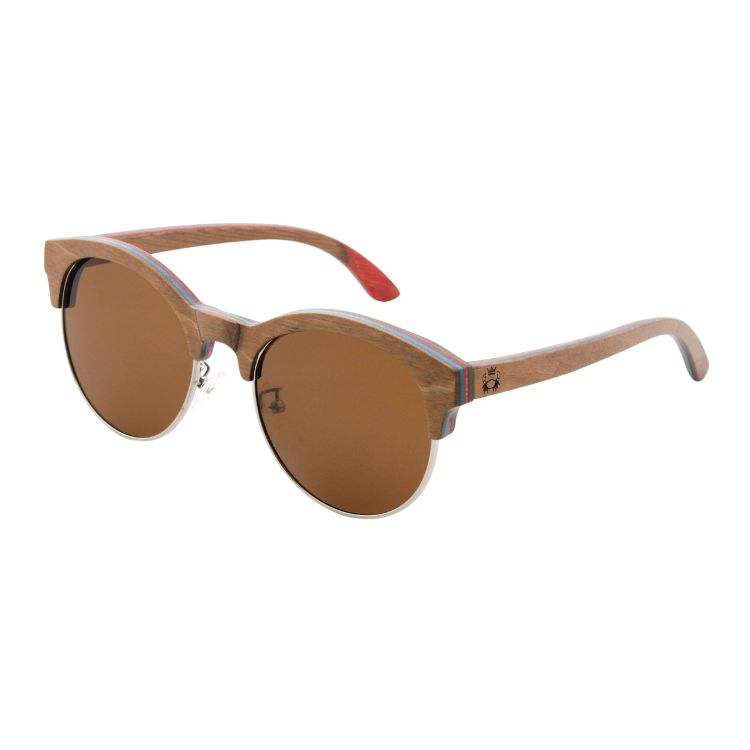
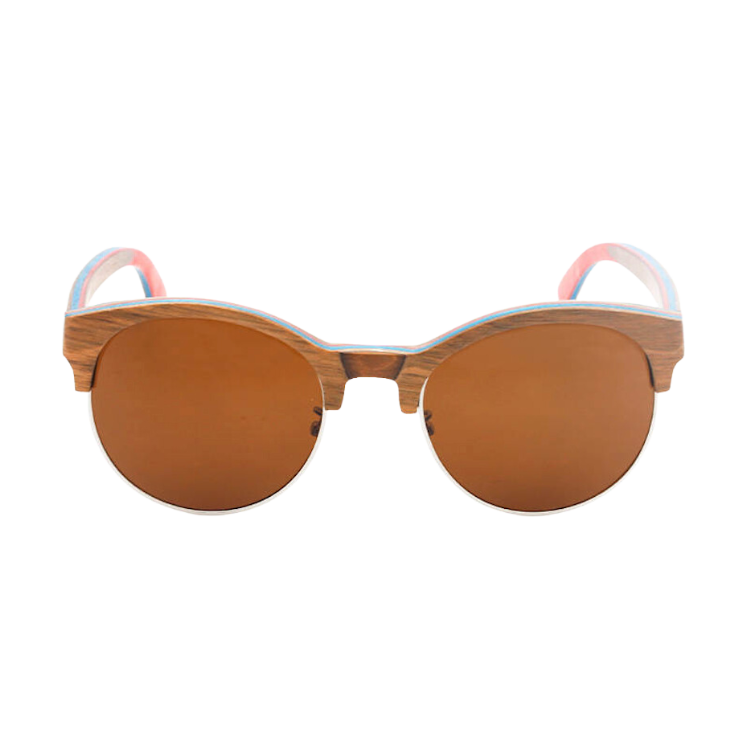
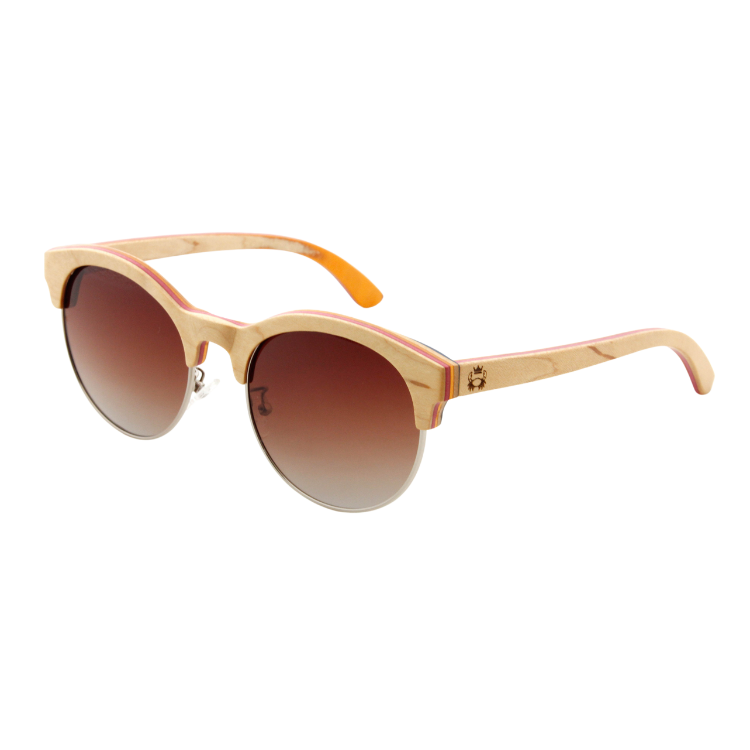
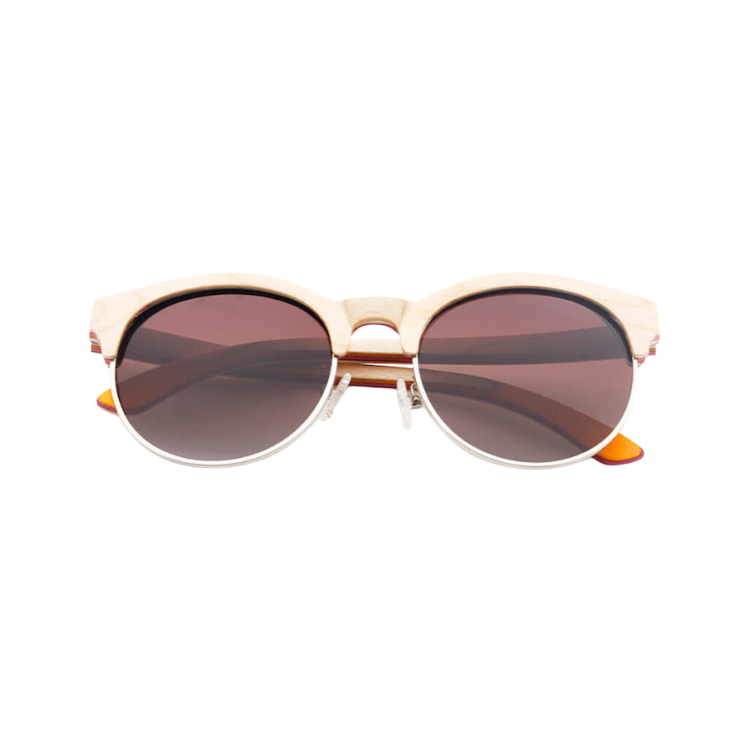
Leave a comment
All comments are moderated before being published.
This site is protected by hCaptcha and the hCaptcha Privacy Policy and Terms of Service apply.